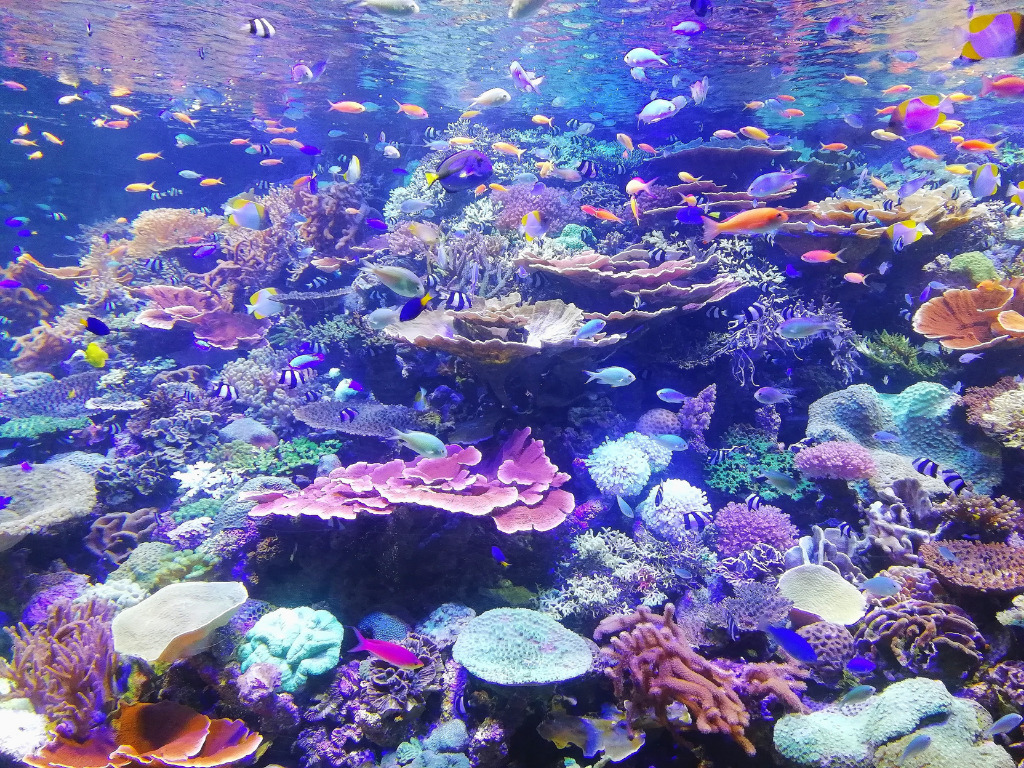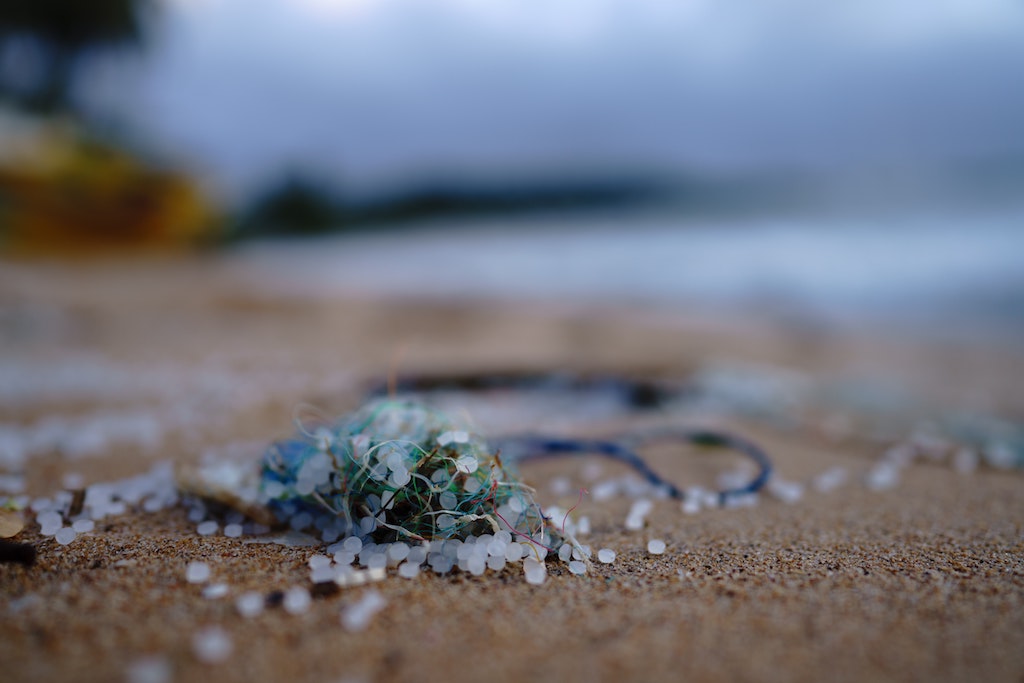Deadly Pathogens Travel From Land to Sea on Microplastics, Study Finds
3 Mins Read
There’s another case for reducing plastic waste—scientists have discovered that microplastic can carry diseases from land to sea.
The findings, published in the journal Scientific Reports, are the first to connect microplastics in oceans to land-based pathogens. The researchers also found that contaminated plastic can concentrate in areas already contaminated with plastic waste.
“It’s easy for people to dismiss plastic problems as something that doesn’t matter for them, like, ‘I’m not a turtle in the ocean; I won’t choke on this thing,’” study author Karen Shapiro, an infectious disease expert and associate professor in the UC Davis School of Veterinary Medicine, said in a statement. “But once you start talking about disease and health, there’s more power to implement change. Microplastics can actually move germs around, and these germs end up in our water and our food.”
The findings
The researchers created sea-like environments in a lab, looking to see if select pathogens were adhering to microplastics—particles smaller than five millimeters—namely polyester microfibers in clothing and fishing nets, and polyethylene microbeads in cosmetics.

Parasites were more present on microfibers than microbeads, but both carried pathogens. The researchers found plastic made it easier for the pathogens to come in contact with sea life whether the plastic floated or sank. Those that float are capable of traveling long distances. Those that sink can concentrate on the sea floor putting filter-feeders at risk.
“When plastics are thrown in, it fools invertebrates,” Shapiro said. “We’re altering natural food webs by introducing this human-made material that can also introduce deadly parasites.”
The researchers looked specifically at three pathogens: Toxoplasma gondii, Cryptosporidium (Crypto), and Giardia—all of which are recognized by the World Health Organization as causes of illness related to the consumption of shellfish.
Deadly threats
T. Gondii is a parasite that’s also found in cat excrement and linked to the spread of toxoplasmosis. According to the researchers, the parasite has been linked to sea otter death as well as the death of critically endangered wildlife including Hawaiian monk seals and Hector’s dolphins. The pathogen is also harmful to humans, causing life-long illnesses including reproductive and developmental disorders.
Both crypto and giardia can cause gastrointestinal diseases. For young children and those with compromised immune systems, the infection can be deadly.

“This is very much a problem that affects both humans and animals,” said the study’s lead author Emma Zhang, a fourth-year veterinary student with the UC Davis School of Veterinary Medicine. “It highlights the importance of a One Health approach that requires collaboration across human, wildlife and environmental disciplines. We all depend on the ocean environment.”
The findings come on the heels of a study that found microplastics in the Arctic for the first time.
“This work demonstrates the importance of preventing sources of microplastics to our oceans,” said co-author Chelsea Rochman, a plastic-pollution expert and assistant professor of ecology at the University of Toronto. “Mitigation strategies include filters on washing machines, filters on dryers, bioretention cells or other technologies to treat stormwater, and best management practices to prevent microplastic release from plastic industries and construction sites.”
In March, U.N. member nations adopted a resolution to curb plastic waste globally. By the end of 2024, an international committee will set the treaty’s terms. The move was hailed as ‘historic’ by Inger Andersen, executive director of UN Environment Program. “It is an insurance policy for this generation and future ones, so they may live with plastic and not be doomed by it.”
Photo by Bryan Goff on Unsplash



